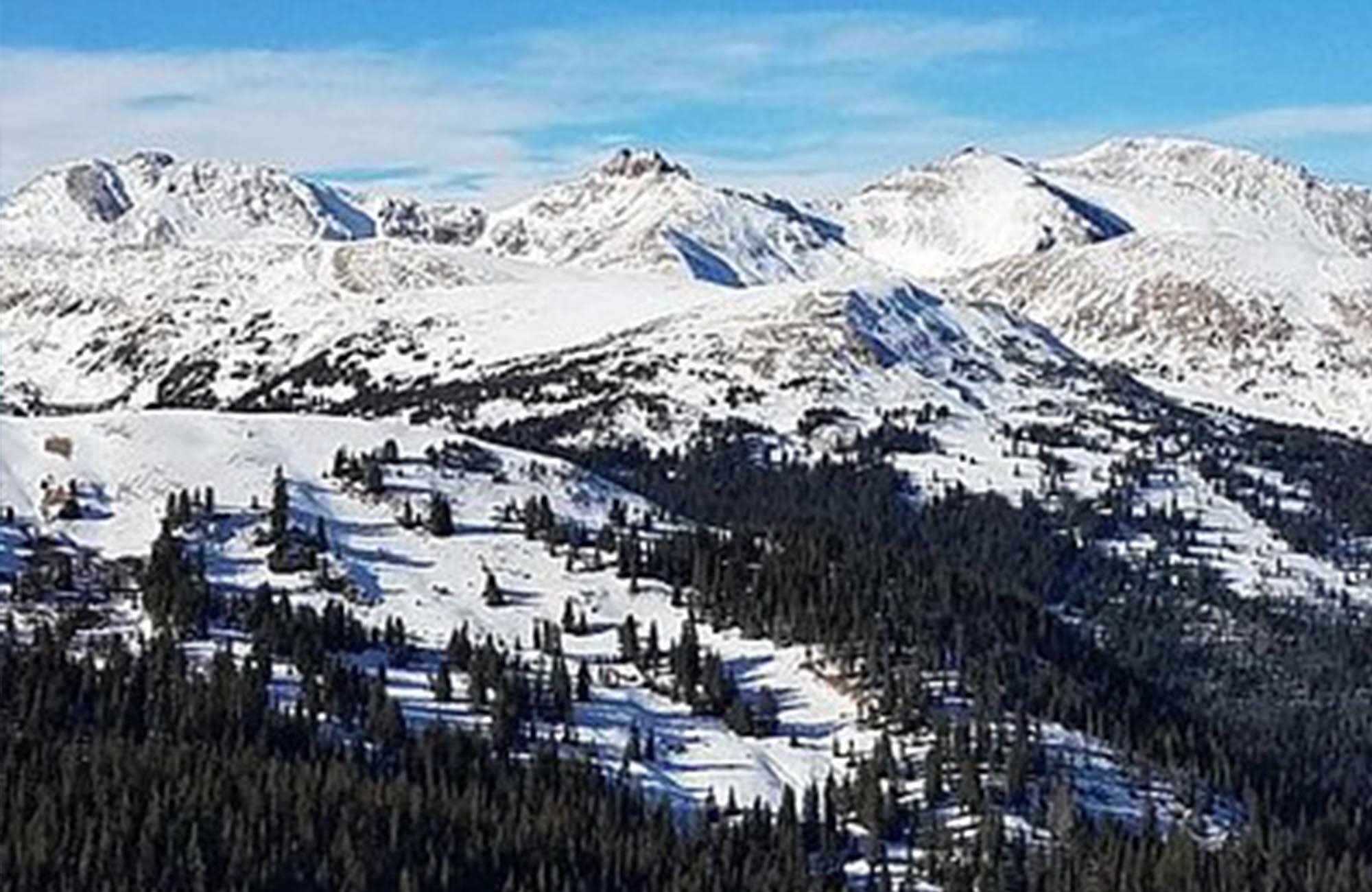
History
The actual beginning of the Los Angeles Council is still a bit of a quandry. Articles of Incorporation were filed for the Southern Council, FWSA, Inc. on August 11, 1971 with the California Secretary of State. Even though the Council was normally referred to as LA Council, the name was not officially changed until 1999 when the current logo was adopted.
The Southern Council
The Southern Council emerged as part of the Far West Ski Association (FWSA) sometime in the 1940s. In the 50s, the Council was known as the fourth District of FWSA and later became the Southern Council of FWSA. Prior to the 70s, the Southern Council extended from June Mountain to San Diego. In 1971, the Southern Council was divided into three councils – Inland, Orange and Southern. By then, San Diego was already a separate Council. After the split, Southern Council encompassed an area that extended from Long Beach to June Lake and Santa Monica to Pasadena. In 1971, there were 46 clubs in the Southern Council. Most clubs were 100% FWSA and about a fourth of the clubs consisted of junior racers.
California Ski Association
The roof of the Southern Council and FWSA is in racing and public affairs programs. FWSA was founded in October 1930 as the California Ski Association (CSA) by Hall of Famer Wendell Robie of the Auburn Ski Club. Within three months, the CSA orchestrated a demonstrated that resulted in the authorization by the State of California for snow removal equipment on the roads that accessed California’s emerging ski resorts. The development of California skiing was set in motion. CSA then teamed up with the National Ski Association to host sanctioned races and jump competitions.
Far West Ski Association
After WWII, the National Ski Association emerged as the United States Ski Association (USSA) and the California Ski Association became its Far West Division, later called Far West Ski Association. The focus of FWSA was on its race programs until the early 1960s when the orientation began to shift towards recreational skiing. The Far West Charter Flight Program, spearheaded by Sutter Kunkel of Grindelwald Ski Club, took the Association from 3,000 mostly competition skiers to 10,000 mostly recreational skiers in just two years! There was also an upsurge in recreational skiing following the 1964 Olympics in Squaw Valley. But it was the blockage of the development of skiing at San Gorgonio and Mineral King by the Sierra Club that ignited the energies of FWSA.
It was not until 1976 that FWSA was divided into two operating divisions, one concentrating on the recreational and political aspects of skiing and the other directing the operation of sanctioned race programs that developed the America youth for the US Ski Teams. FWSA continued to develop programs for the recreational skier that included a membership benefit book, ski theft insurance, ski weeks, chapter flights to Europe and in the United States, public affairs and intermural racing. In return, the clubs sponsored events, like Grindelwald’s ski swap, that raised money for junior racers.
The 1980s brought considerable turmoil between FWSA and USSA, primarily over money and which programs should benefit from the dues being collected from the recreational skiers – recreation or racing. On November 6, 1984, an Executive Committee met to decide on the direction FWSA should take. That committee proposed a non-political, non-controversial set of by-laws that were approved at the 53rd Annual FWSA Convention held at the Oakland Airport Hilton, May 17-19, 1985. FWSA ties to USSA were severed. To encourage clubs to rejoin FWSA, dues were waived and have not been required by clubs as long as they belong to a council.
Snow Gala
The first Sno-Ball is believed to have been held in 1949, when it was a fashion show of the latest in ski apparel. During the 50s, the Sno-Ball was held at the LA Breakfast Club. In the 60s it was moved to the Miramar Hotel in Santa Monica. It was during this time that the Ball was changed to a costume party since the event typically coincided with Halloween. There was a theme to the party. Clubs performed skis and wore costumes and won lots of prizes. In 1969 more than 1,000 attendees were at the Sno-Ball held at the Hollywood Palladium. In 1970 the major prize was a trip to Mammoth for forty people for the weekend.
Woman of the Year
In the beginning, LA Council’s Sno-Queen Program was held separate from the Sno-Ball. It was run much like a beauty contest. The event started with a cocktail party or luncheon with publicity photos. What followed was a hectic day of interviews, tours and parties. In the 60s judging was done at Mt. Baldy ski lifts and the ladies had to ski on straw as part of the contest. The Sno-Queen was chosen by a panel of noteworthy and impartial judges who evaluated appearance in ski clothes, personalities and enthusiasm for skiing. The Queen, Miss Popularity and a court of four were rewarded with ski trips, ski wardrobes, skis, and boots. The first Far West Queen contest was held in 1970 and was won by LAC’s Sharon Reese of the Snow Fliers Ski Club.
Man of the Year
The Abominable Snow Man was a new contest in 1971 and was won by the man selling the most votes in support of his club’s Sno-Queen candidate. Far West held its first King Contest in 1978. It was won by LAC’s Leo Stytle of Single Ski Club.
L.A. Council Ski Week
The first LAC Ski Week was held at either Mt. Bachelor in Oregon or Breckenridge, Colorado in 1985. The only thing that everyone agrees upon was that the trip was run by Van Smith of Beach Cities Ski Club.

